1988 Countdown #62: John Cougar Mellencamp, “Check It Out”
(New to the countdown? Catch up here.)
Two concert videos in a row! This one begins with the sound of a cheering crowd, a lonely lighter being held up, and an onscreen graphic reading “MARKET SQUARE ARENA / INDIANAPOLIS, INDIANA / DECEMBER 11, 1987.” This is unusual–concert videos usually opt for an everytown approach, giving the illusion that you’re looking at footage from when the band played the EnormoDome in your town.
At any rate, we see the Market Square Arena. There’s no Reggie Miller, but the place is full of Hoosiers standing up and dancing. We’re introduced to John Cougar Mellencamp’s band, including Lisa Germano playing the song’s main hook on fiddle, and drummer Kenny Aronoff looking bald and tank-topped. (I don’t know the names of any of the other Mellencampers, and I’m not going to find out–but the guitarist is rocking a denim work shirt and the accordionist has a very fine Jewfro.)
Snapping his fingers, Mellencamp steps up to the microphone. Oh my. I had totally forgotten about this look. This was when Mellencamp went New Romantic: a fancy white shirt buttoned all the way up, an embroidered black jacket, and shaggy hair extending way beyond his shoulders.
When I started this countdown, many months ago, I did not realize the extent to which my reactions would focus on the hair. But I have seen some spectacular coiffures since then, from the high volume of Vixen to the braids of Terence Trent D’Arby to the lengthy self-fondled tresses of Jody Watley, the poodle hair of Richard Marx, and the super-mullet of Henry Lee Summer. And Cher, of course, is still in a class by herself.
It wouldn’t surprise me if some of the people on the countdown were sporting wigs, extensions, or other advanced hair technology–but I feel pretty confident that Mellencamp is rocking his own hair here, showing that in his late 30s, he still had powerful follicles. He always seemed like a meat-and-potatoes guy, albeit one with wider musical interests than the Bob Segers of the world–but it’s really incongruous to see him looking like such a dandy.
Mellencamp sings, leaning into the microphone. A female backup singer is working three maracas in each hand. Another one is content with a single tambourine. The whole band shakes their shoulders and bobs their heads in time with the music. At the end of the verse, Mellencamp strolls around the stage, clapping his hands, looking joyful. We can see that he’s got height-enhancing heels on his boots.
“This is all that we’ve learned about living,” Mellencamp and the band harmonize, just before the instrumental break. There’s a pause, during which crowd noise is mixed in–although I’m fairly certain we’ve been listening to the album track, not a live recording.
Mellencamp holds a fist upwards, and as Aronoff brings the beat back, he spins and, no fooling, does a split all the way down to the stage. Watching the video for the first time in two decades, I actually gasped at this moment–I had forgotten how limber the man was. Mellencamp knows he’s a real good dancer. He does concede, however, that some people say he’s obnoxious and lazy, and that he’s uneducated; his opinion means nothing.
We get a shot of Aronoff from behind: he’s changed from a black tank top to a bright red tank top. Now, I think Aronoff’s a marvel as a drummer and that his playing is a large part of why Mellencamp’s records jumped out at you on the radio through the ’80s, but I don’t think he’s dextrous enough to change his shirt in the middle of a song. So I am forced to conclude that they’ve edited in some other footage, either from another song in the concert, or another show entirely. (The shirt’s hue does change in varying stage lights and in general, this video is muddy and dark–but I’m confident he’s wearing at least two different shirts.)
Lots of leaping about during the guitar solo. We get a clearer view of the embroidery on the back of Mellencamp’s jacket: it appears to be a shooting star. There’s a word written in the trail of the star, but it’s very hard to make out: something like ASTROWON (not BLOOMINGTON, which was my first guess). Aronoff pounds on the drums while leaning back, arching his back. He’s back in the black tank top. Mellencamp takes the microphone for a walk, channeling his inner Sinatra.
“Check It Out” is a rueful song about growing old, watching dreams get overwhelmed by utility bills, and not learning as much about life as you thought you were going to. I think it’s aged well, but maybe that’s just because it resonates more with a 40-year-old than a 20-year-old. In retrospect, I marvel at the single’s success: a melancholy midtempo number about “future generations riding on the highways that we built” with a fiddle hook doesn’t really seem like fodder for pop radio.
Mellencamp returns the mike to its stand, and strips off his jacket. In the next shot, he appears to have also unbuttoned and disposed of his shirt, because he’s now in a white tank top, exhorting the audience. (I’m guessing this came later in the show, perhaps during an encore.) We close with shots of the crowd: standing, dancing, clapping.
The Market Square Arena was imploded and demolished in 2001, only 27 years after it opened. There’s now a parking lot where it once stood.
“Check It Out” hit #14 on the Billboard singles chart. You can watch it here.
posted 19 November 2009 in 1988 and tagged hair, John Cougar Mellencamp. 5 comments

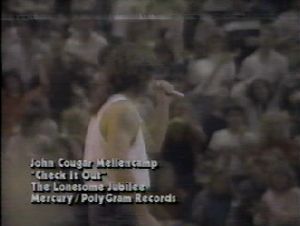
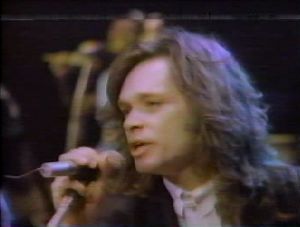
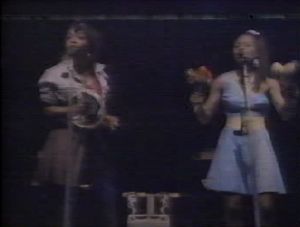
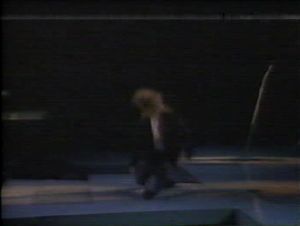
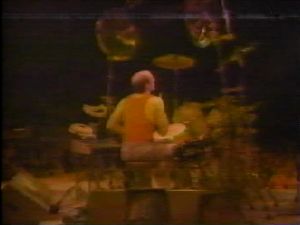
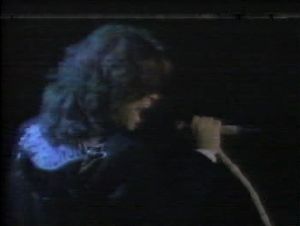
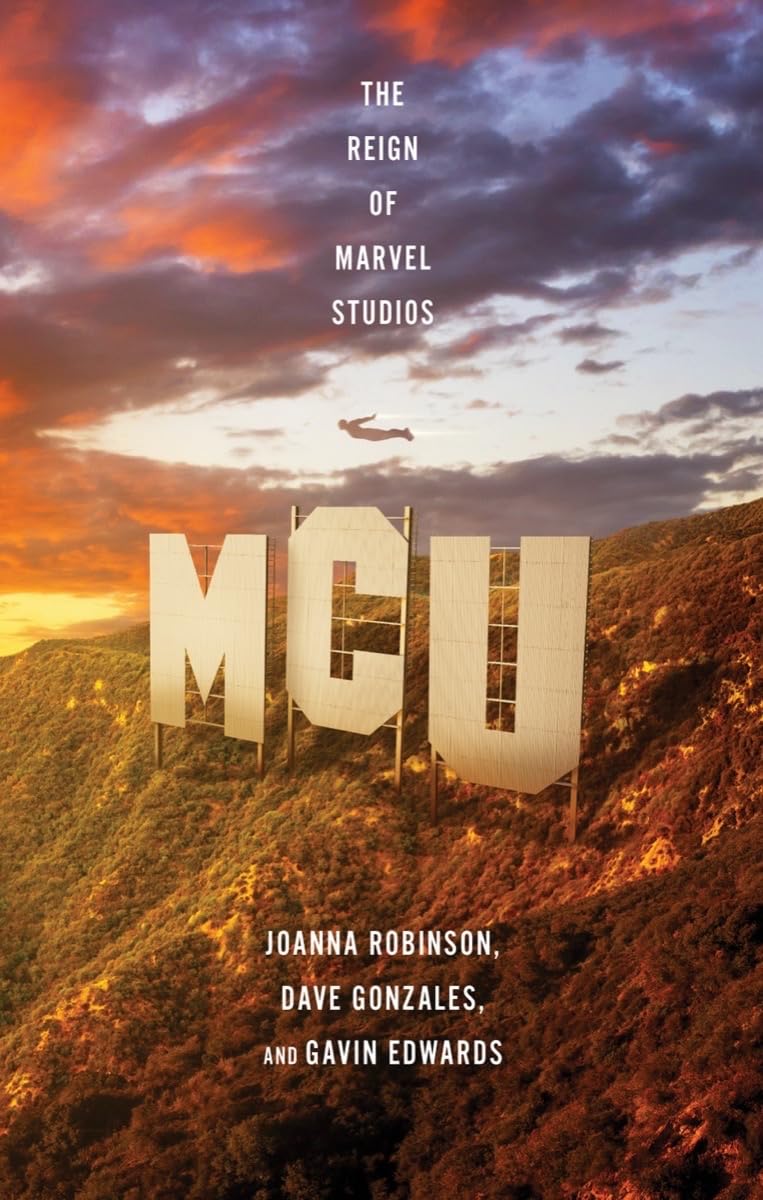
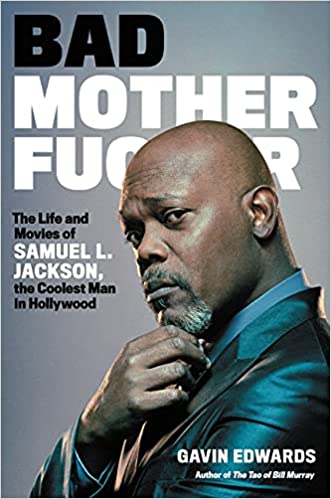
November 19th, 2009 at 7:16 pm
This was when Mellencamp went New Romantic: a fancy white shirt buttoned all the way up, an embroidered black jacket, and shaggy hair extending way beyond his shoulders.
I always thought JCM’s getup during this period was some kind of heightened Americana, like the ’80s version of the ’70s Nudie suit sported by Nashville peeps or Gram Parsons. Or, to use a more modern analogy, an early alt-country look. I mean, I see what you’re saying about it being the ’80s, but by ’88 the New Romantics were seriously passé, so unless we wanna tease Coug for being behind the times in a midwestern sort of way, I credit him with a heartland-on-coke look all his own.
In retrospect, I marvel at the single’s success: a melancholy midtempo number about “future generations riding on the highways that we built” with a fiddle hook doesn’t really seem like fodder for pop radio.
A lot of critics sneer at him now (“doesn’t deserve to be in the Hall of Fame,” “a junior-varsity Springsteen,” etc.) but I don’t think JCM gets enough credit for what he did with his Moment of Fame. Like R.E.M. in the mid-’90s (re-signing with Warners for millions and then dropping an album-leading single featuring a warbling Patti Smith), Coug decided by ’87 that he was commercially untouchable, and decided he could record a string-band-and-fiddle album and score hits anyway. The Lonesome Jubilee is a quintessentially ’80s record that’s aged pretty well, because it’s not trying to be hip; it’s trying to define a new form of Big Pop of JCM’s own devising. Give the Little Bastard credit, that took a bit of cojones. (Insert proviso here about how the Polygram payola-and-coke budget probably didn’t hurt in making these odd fiddly songs radio hits.)
November 19th, 2009 at 11:03 pm
Gavin, I think it was in your recent Rivers Cuomo story where Rivers noted the good fortune of the Little Bastard dropping the Cougar from his name just before the word took on a whole new meaning. I don’t know whether to congratulate you on your restraint for leaving that tidbit out here, or to castigate you for a missed opportunity.
Anyway, I think Johnny Cougar went to the fiddle-based sound for one reason and one reason only: Lisa Germano is hot.
November 20th, 2009 at 10:48 am
That was restraint, although you are welcome to think it was misguided: I decided not to clean out my notebook of all things Mellencamp-related (partially because it would have meant going down to the garage and digging up my old notes from this story, partially because I didn’t think anybody was interested in the conversation he and I had on airline deregulation.)
Chris: I thought the critical consensus was that Mellencamp had his own distinctive voice, even if his career batting average isn’t quite as high as one would like in a HOFer. The only Mellencamp-bashing I’ve seen the last few years is for that omnipresent car commercial.
November 20th, 2009 at 2:15 pm
It IS strange he doesn’t come up more often on “Cougar Town.”
I was a non-fan at the time (as Gavin admonished, “Maybe someday you’ll have a better understanding”) but I have to admit, his songs sound like literally nothing else that was popular then. “Cherry Bomb,” wtf?
November 20th, 2009 at 7:21 pm
Wow. And not a single word about his blue collar solidarity. Then again, this was right after Scarecrow.
Mellencamp already had two of the biggest hits of the decade, “Hurts So Good”, which despite peaking at #2 on Billboard, spent 16 weeks in the top 10, and then of course, “Jack & Diane”.
And he was no less huge on MTV. (You can find a few clips of him on MTV, including one of “ROCK In the USA”, back when it was catapulting up the top 20, on YouTube.) I understand that “Lonely Ol’ Night” spent 5 weeks at #1 on the top 20, and that his followup, “Small Town”, made its chart debut at #5. Even one of his other little remembered midfielder hits from 1989, “Pop Singer” (which was once watched by Beavis & Butthead), was ranked #36 of the year, outranking the more infamous likes of “Wild Thing” by Tone Loc. (Then again, a lot of the year end charts could be mighty arbitrary.)
His fortunes on MTV were a little more mixed in the ’90s. “Wild Night” got an early start on the Top 20, but struggled to reach #11, even though it spent 3 months on the chart, and came in at only #78 on the top 100 of ’94 countdown. And other than that, that was his biggest hit since “ROCK in the USA”.